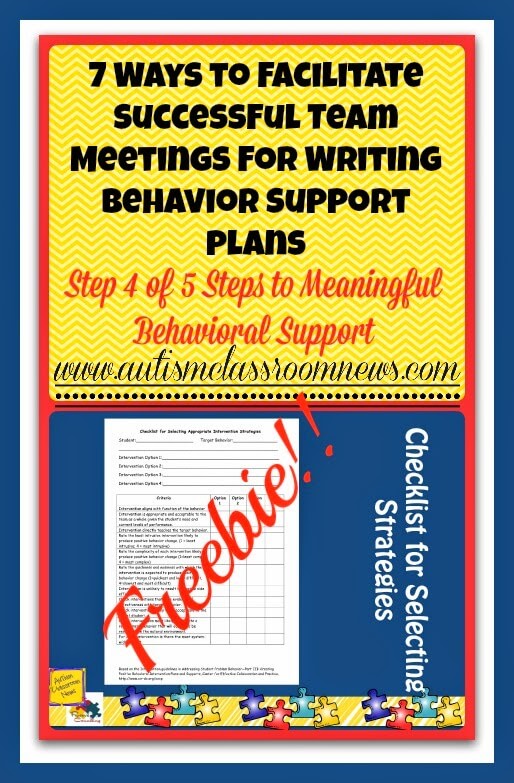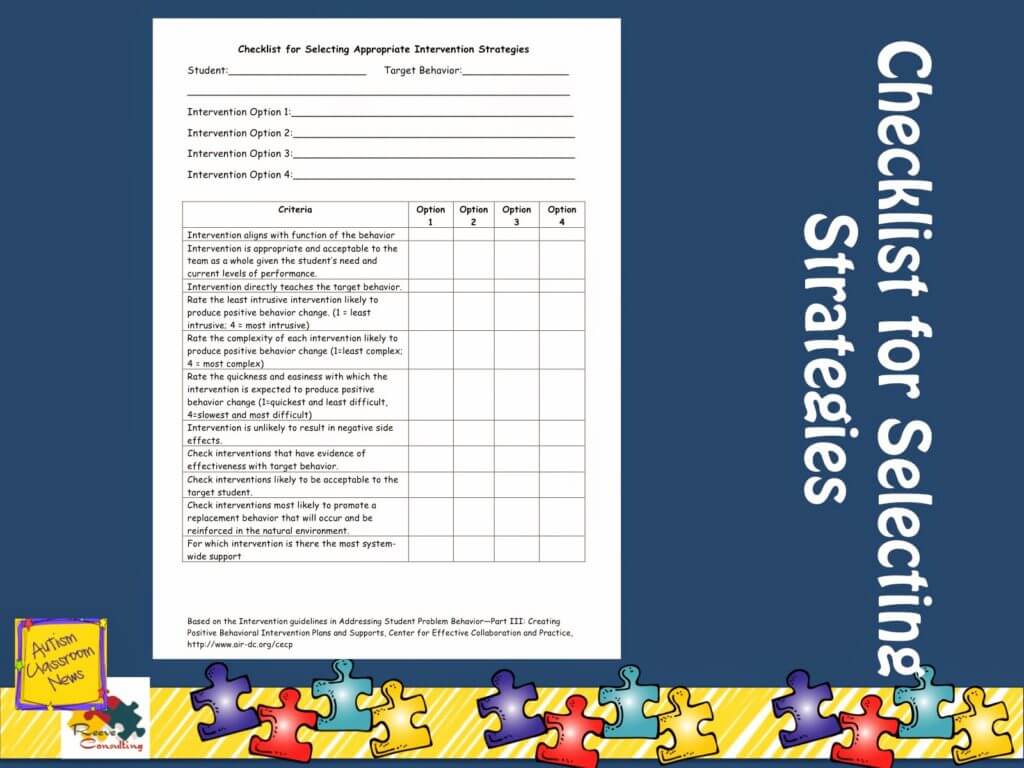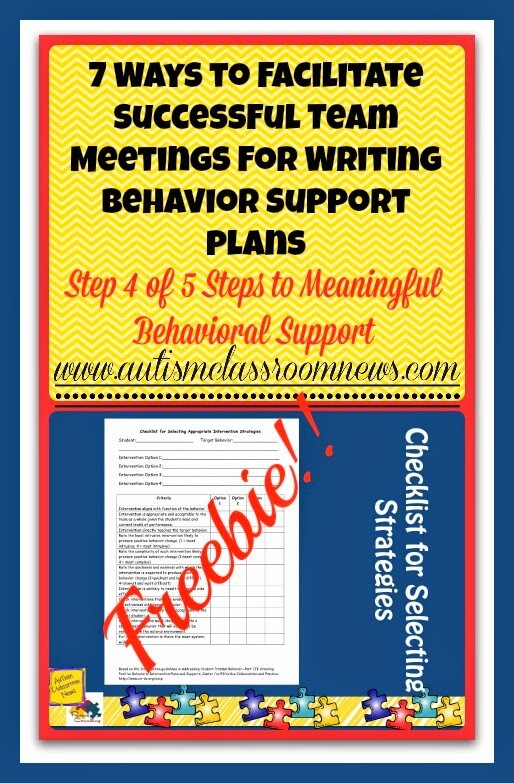 |
| Thanks to Melonhedz, Lovin’ Lit, and I Teach What’s Your Superpower for images |
Whew! What a crazy time of year–gotta love (or not) the beginning of school. I know for some of you it’s still a ways off, but for all my friends in the South it’s coming sooner rather than later. And I’m trying to get some new products up and ready for the new year (and the big TPT sale–more later) and helping my consulting client districts get their classrooms set up. And, oh yeah, all my graduate students have been very busy over the summer–which keeps me busy. In all of that, I know you probably think I forgot about the behavior series, but I promise I didn’t! So this is the next in the series. Last time I talked about the reasons why behavior support plans should be created by a team. Today I want to talk about how to help that team meeting go smoothly and be productive–and not be a giant time suck that we all know meetings can become. Hey, I sit in meetings for a living (it seems that way sometimes) when I would much rather be in a classroom helping a teacher. I know how they can meander and not get you where you want to go. So, here are some tips to prevent that and get to a successful behavior plan.
1. Have a time limit
I know this sometimes seems like it is putting limits on the team, but here is a fundamental truth of procrastination. Without deadlines, it’s hard to get everyone on task. If we all have somewhere we need to be and we know we have a limited amount of time, staying on task is more of a priority. You would be amazed what can be accomplished in an hour and still allow everyone to have their input.
2. Have an agenda
I know it’s hokey and I’m not a big fan of the types of things in meetings like time keepers, etc. But often having an agenda let’s everyone know what needs to be discussed so they now know how much time they have to discuss and finish which tasks. It also works well just like a schedule in the classroom–schedule says, we need to discuss ____. OK, not in those words, but being able to redirect everyone to the schedule really helps.
3. Create a culture that is respectful of everyone’s time
OK, this is a bigger issue than just this one meeting, but it is really important. It’s important that everyone on the team respects each others’ time. Parents are often taking time off from work to come to the meeting. Teachers are missing time with their students or with their own children at times to be at the meeting. Everyone’s time is valuable. When people come in late (without making arrangements for the occasional time when it’s a necessity) and others have to wait for them, it sends the message that they don’t value the time of the rest of the team. Not a good place to start. If everyone begins to see meetings will have the first 2 items on the list (time limits and an agenda), they may be more likely to make sure they get there on time to keep it on schedule.
4. Start with the FBA Review
In order to make sure that the behavior plan is based on the results of the FBA, have someone designated to go over the hypotheses from the FBA to re-familiarize everyone with what needs to be addressed. The person reviewing it can be the person who coordinated the assessment or it could be the teacher or counselor or anyone who is comfortable interpreting the information.
5. Designate a note taker
Again, I don’t do this just to give out roles. Someone needs to be responsible for writing the plan from the discussion. To do that you need to write things down. You may start out with a draft–I usually write a draft based on the recommendations from the FBA and use that but I still have to make sure I capture everything we need to address in the plan.
 |
| Thanks to Melonhedz, Lovin’ Lit, and I Teach What’s Your Superpower for images |
6. Be respectful
I realize I shouldn’t have to say this…and yet I do. I mean more than just being polite though. School staff, in particular, take note of the parents’ body language and eye contact. Do they look like they have concerns? ASK them. It’s hard to sit through school meetings without feeling like an “outsider” when you are the only person there who doesn’t work together all day. This is intimidating. I would say this same advice of looking for nonverbal cues of a problem goes for administrators, behavior specialists and consultants working with teachers and other staff. OK, I guess it goes for everyone. Obviously it’s important to be respectful, but it’s even more critical that we look for those unspoken messages in other members of the team….because they are cues that something in the plan may not be successful because someone doesn’t buy in. Today’s freebie is a brainstorming sheet that you can use to throw out ideas of interventions and then, as a team, review the pros and cons to come to decisions about them. It’s based on a sheet from the Center for Effective Collaboration and Practice and can be useful to make sure everyone gets their ideas out there to come to good conclusions. Download it here.
7. Finalize the meeting by assigning responsibilities
Don’t leave the meeting without a clear understanding of who is doing what. This is the only way things get implemented. Write it down and make sure everyone remembers and knows the timeline. For instance, who is writing the social story? The SLP? The behavior specialist? The teacher? Ever hear “I thought you were going to do it?” That’s what happens if you don’t establish this early on. This means you leave with an action plan and a plan of when or under what circumstances you are going to pull the team back together.
So, that brings us to talking about interventions. My next post is going to be about my newest product and getting ready for the SALE!! Yep, I promised you information. If you haven’t heard, TPT is having it’s HUGE back to school sale on August 4 and 5. Everything in my store will be 20% off and with TPT’s extra percentage with the code BTS14 at checkout, you will get 28% off. So get your wish list ready and I’ll back this weekend to share my newest line of products of schedules and visual supports for your classroom.
Until next time,








